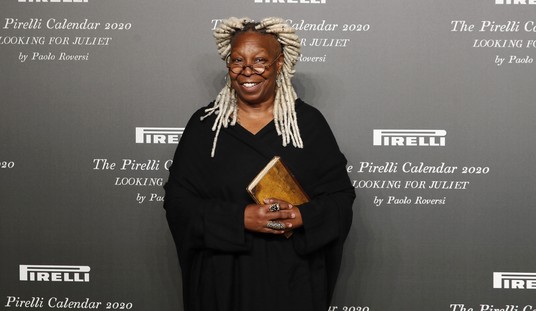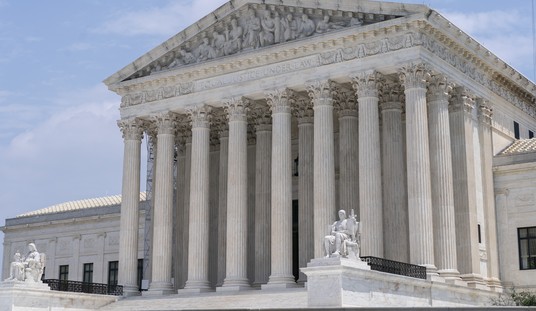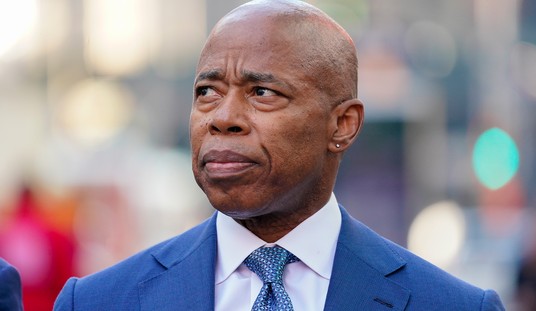As Election Day approaches, no outcome should be taken for granted, but it looks increasingly likely that Republicans will take control of the House, and perhaps even the Senate. For those who want to reform Congress, increased thought and planning needs to take place now because many decisions are made the very next week after the election when Republicans “organize.”
During these organization meetings, Republicans will elect their leadership for the upcoming Congress, agree upon their internal conference rules, and give their blessing to the slate of members who will represent them on the powerful “steering” Committee that distributes committee assignments. Much of this resembles a bum’s rush where the current Leadership offers a series of resolutions, often designed to preserve their own power, that are quickly agreed to because none of the members in attendance are prepared (or willing) to object and consider the long-term ramifications for conservatives.
Yet in many respects, these organizational meetings will lay the framework for whether the incoming class of members will actually be able to change the way Congress and their party does business.
If you are a conservative, you do not want party leadership in the House to be all powerful. You want checks in the system to ensure that conservative back benchers, many of them members of the Republican Study Committee or elected for the first time with tea party support, have enough road blocks to put up when Leadership is going off the rails of principle. (Quite frankly, if you are a conservative leader, you should want these same checks in the system to ensure that you don’t govern irresponsibly when the political winds change.)
Accordingly, conservatives need to look for opportunities to check the growing power of their Leadership to abandon the limited government principles that the party is espousing to core Republican and independent voters alike. Such as? Read on.
Ernest Istook, Mike Franc, and Matt Spalding of The Heritage Foundation (affiliated with my employer) have offered four key reforms that, in my view, would have a dramatic impact on the culture of Congress, as it pertains to the House of Representatives. I commend their report to your attention.
One essential reform is to end the Leadership vice grip over the steering Committee that fills committees. Currently, John Boehner has five votes, and Eric Cantor has two votes. This gives both far too much leverage over members who are overly concerned with their committee assignments (which is about 99% of them). Giving each member of the steering committee only one vote would lessen Leadership’s authority over this process while still preserving quite a bit of their influence (since all of Leadership would continue to sit on the committee). It would be a start.
Simply in terms of personnel, Republicans also need to kick a number of the appropriators off the committee. Currently, Jerry Lewis represents the Appropriations Committee, and Hal Rogers, Ken Calvert, Mike Simpson, and Steve LaTourette all represent different regions of the country on the committee by an election by their colleagues. John Carter and Tom Cole are also on the committee as current and former members of Leadership. That is way too many votes for a block of members that in many ways are responsible for Republicans losing their way on spending in the first place and who continue to support earmarks. The composition of the steering committee—for instance, the decision to have the Appropriations Committee represented but not the Budget Committee, and the composition of the regions that cause appropriators to win their regional elections—is all determined during the organizational meetings and requires intense awareness and vigilance by conservatives Congressmen
The other key reform is to make sure the Rules Committee is once again independent of Leadership—it is currently an arm of Leadership and re-creates the procedures of the House on every bill as behooves the interests of Leadership in that moment. Its role is basically to ignore the normal rules in a way to expedite whatever Leadership wants to accomplish. You don’t have to imagine the potential for abuse—we saw it with Obamacare. This reform is certainly “inside baseball,” but an independent Rules Committee—chaired and stocked with conservatives—would be a major check on the other power centers in the House. Foolproof it is not, but if you had the right members (for example, Jeb Hensarling, Tom Price, Tom McClintock, Scott Garrett, Jeff Flake, Tom Graves, etc. who have a record of bucking their party leadership), the conference would be giving them the necessary authority to protect the principles of the new Majority. House Republicans would be creating a good cop (Leadership), bad cop (Rules Committee) dynamic that would serve taxpayers and their own long-term own interests well.
Some will argue that this reform is an unprecedented attempt to turn the House into the Senate, where obstructionism by a minority is common. Well, the House could use a little more Senate-style obstructionism. However, there is precedent for it. According to the Rules Committee’s own history, the committee served a similar capacity to check big government legislation from 1937 to 1961.
The committee had played a key role in expediting much of President Franklin D. Roosevelt’s New Deal legislation during his first term by reporting closed rules on major legislation, particularly during President Roosevelt’s famous First Hundred Days. A total of ten closed rules were reported in the 73rd Congress (1933-1935). But a reaction against President Roosevelt’s policies began to set in during the 74th Congress (1935-1937); this reaction echoed on the Rules Committee, which Rep. John J. O’Connor (D-NY), a New Deal skeptic, had just taken over as chairman.
By President Roosevelt’s second term, beginning in 1937, the Rules Committee had ceased to function as an arm of the majority leadership and instead came under the control of a coalition of conservative Democrats and Republicans, which held sway until 1961.
Of course, the Rules Committee wasn’t always wise in its use of its authority. It unfortunately blocked civil rights legislation, in as much as it blocked new federal spending programs, but like the filibuster in the Senate, it served as an important example of decentralization in the legislative process that could protect the interests of the next generation from the short-term political interests of the current one.
As House Republicans organize in the coming weeks, these and other reforms need to be adopted as first steps towards truly decentralizing power in the House.












Join the conversation as a VIP Member